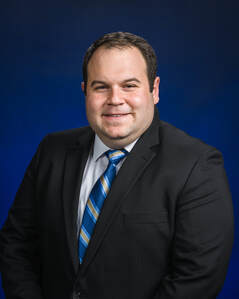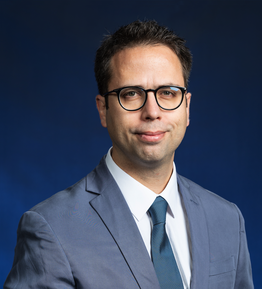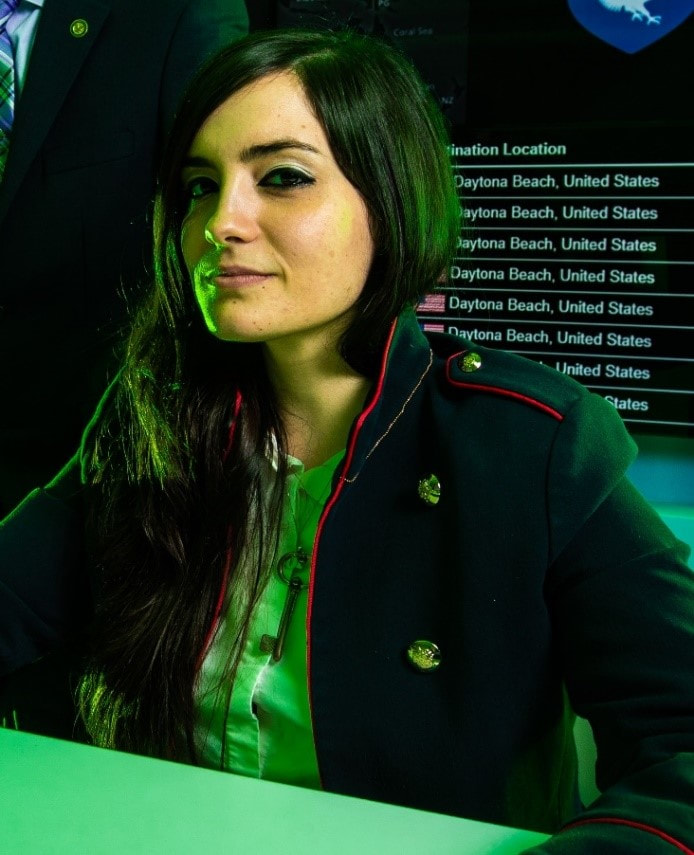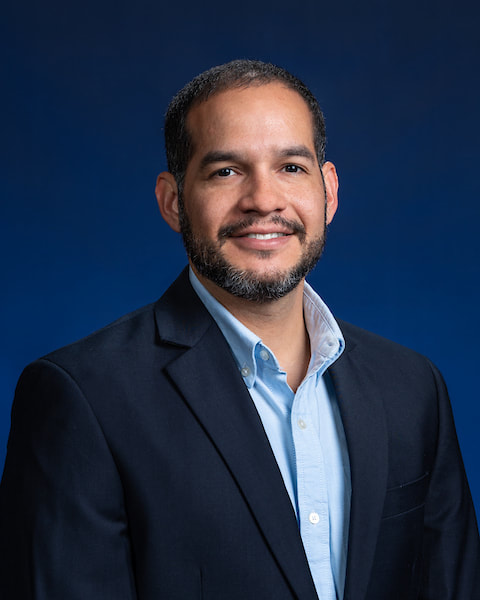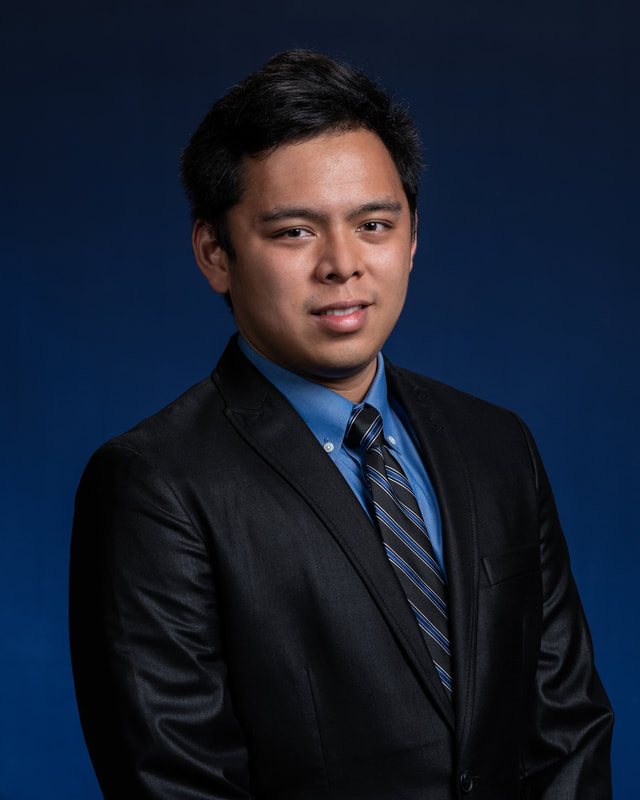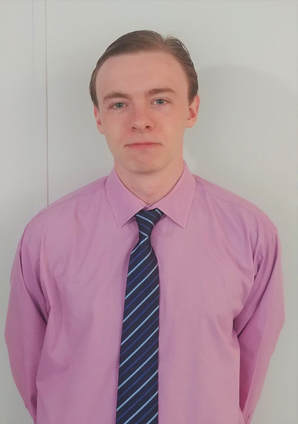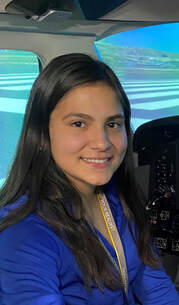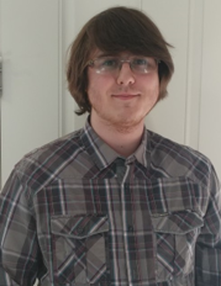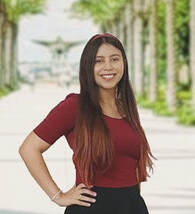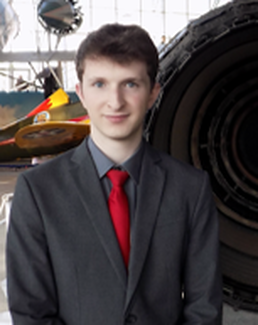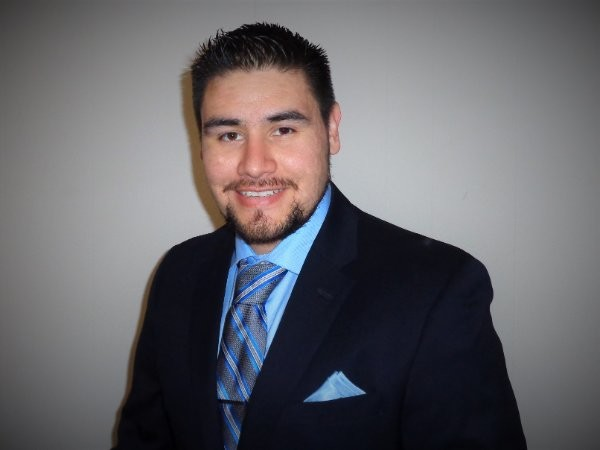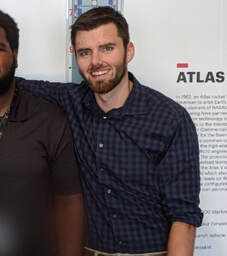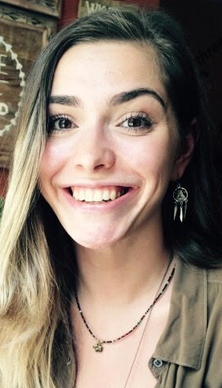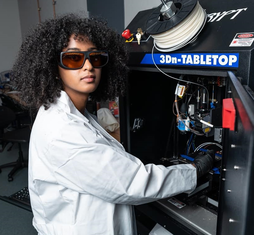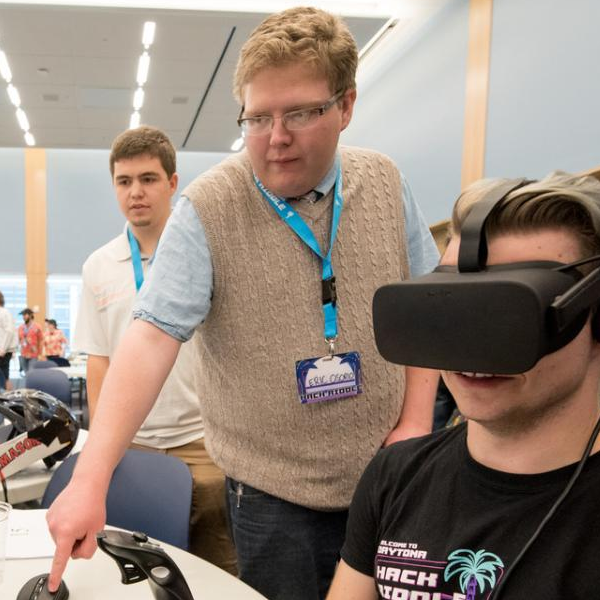Faculty
Eduardo Rojas-Nastrucci earned his M.S. and Ph.D. degrees from the University of South Florida, all in Electrical Engineering; in 2014 and 2017, respectively. He joined the Embry-Riddle Aeronautical University in 2017, where he is currently an associate professor. His research interests are in microwave/mm-wave circuits and antenna applications of additive manufacturing; and wireless sensing for harsh environments. Rojas is the Director of ERAU’s Wireless Devices and Electromagnetics Laboratory (WIDE Lab www.wide-lab.com). He received a CAREER Award from The National Science Foundation in 2019; the 2020 Most Promising Engineer Award, Ph.D. Education category, from the Great Minds in Stem (GMiS) organization; and ERAU’s 2021 Abas Sivjee Outstanding Research Award. Rojas has more than 40 peer-reviewed publications and 5 U.S. patents. Rojas is a member of the IEEE MTT-S Technical Committees 4, 26, and 29; and the RTCA SC-236 committee for Standards for Wireless Avionics Intra-Communication System (WAIC) within 4200-4400 MHz. |
M. Ilhan Akbas is an Assistant Professor at the Electrical Engineering and Computer Science Department of Embry-Riddle Aeronautical University. He received his PhD in Computer Engineering from the University of Central Florida. Dr. Akbas has research interests in connected and autonomous cyber-physical systems, validation and verification, wireless networks and mobile computing. His research resulted in theory, tools and applications for projects spanning these areas, which have been funded through grants from NSF, FAA, ONR, as well as industry. He has industry experience in projects with multinational defense industry partners and large enterprises. He is a member of IEEE, ACM, AAAI, SAE and serves on editorial boards and program committees of ACM and IEEE journals and conferences. |
Ph.D. Students
Noemí Miguélez Gómez was born in Barcelona, Spain, where she earned his bachelor's in Telecommunications Engineering at UPC-BarcelonaTech in 2017. She joined Embry-Riddle in 2017, where she finished her Master of Science in Electrical and Computer Engineering in 2019 and will start her PhD in Electrical Engineering and Computer Science in 2020. Prior coming to ERAU, Miguélez was working in the nanosatellite and payload laboratory at BarcelonaTech in the development of a flexible microwave payload for Earth observation for a 1U CubeSat. The nanosatellite is planned to be launched in 2020 as part of the "Fly your Satellite II!" program from the Educational Office of the European Space Agency (ESA). During her master's, she worked at the Space and Atmospheric Instrumentation Lab (SAIL) as the ERAU’s student team leader of a Multidisciplinary University Research Initiative (MURI) program funded by the Air Force Office of Scientific Research (AFOSR): "Integrated Measurement and Modeling Characterization of Stratospheric Turbulence". The ERAU team worked in the design, implementation and testing of high-altitude balloon communications and controlled descent systems to resolve questions related to how future hypersonic vehicle designs can account for the effects of ambient atmospheric turbulence and particles in the middle stratosphere. Parallelly, Miguélez worked in the design and development of a network of dual-frequency GNSS systems for ionospheric disturbances analysis.
|
Carlos R Mejías M. is a Ph.D. student in the Electrical Engineer and Computer Science Program at Embry-Riddle Aeronautical University, Daytona Beach, FL. He holds a B.S. in Electrical Engineering and Master in Electrical Engineering from the Universidad de Carabobo, Valencia, Venezuela, earned in 2008 and 2014 respectively.
|
Seng Loong "Hanson" Yu received his B.S. in electrical engineering from University of South Florida in 2015; and his M.S. in electrical engineering from San Jose State University in 2017. During his time at University of South Florida, he was an undergraduate research assistant in the Center for Wireless and Microwave Information Systems (WAMI) lab. While at San Jose State University, he studied CMOS RF and analog IC design and was a lab instructor for the undergraduate electronics course.
|
Daniel Sommer obtained his Bachelors in Electrical Engineering at Embry-Riddle Aeronautical University (ERAU) in Daytona Beach Florida. Prior to coming to Embry Riddle, he lived in New York City where he attended Aviation High School (AVHS). He spent five years at AVHS enrolled in a special program to allow for him to obtain both his Airframe and Powerplant ratings with the Federal Aviation Administration, which encouraged him to attend ERAU. While up in New York, Daniel was engaged in several scouting groups. Here, he became an Eagle Scout with Troop 235 in Whitestone, New York in January 2012, and later joined Venturing Crew 473, the longest living crew in the country, where he became their president for a year. He was also nominated into the Order of the Arrow, achieving their highest recognition, Vigil Honor, in April 2014. He is still involved in the Venturing Crew as an adult.
|
Master Students
Sabrina Yepez is pursuing her bachelor's in Electrical Engineering at Embry-Riddle Aeronautical (ERAU) university with two minors in Computational Mathematics and Applied Mathematics. Her expected graduation date is December 2021. Following her graduation, she will continue her studies at ERAU to work on her master's in Electrical and Computer Engineering with an expected graduation date of December 2022. She has previously interned with GE Aviation in 2019 to work on developing a data collection program, and with Textron Aviation in 2021 to work on AC/DC power distribution systems on flight simulators.
|
Justin Parkhurst |
Undergraduate Students
Alondra Valentin-Torres is pursuing her bachelor's in Aerospace Engineering, specializing in Astronautics with minors in Physics and Astronomy. Prior to joining the WiDE lab, she was involved in Project EagleCam, where she created thermal analysis models.
|
John I. Sahr is studying for a bachelor’s degree in Aerospace Engineering at Embry-Riddle Aeronautical University, with a specialization in astronautics, and a minor in computational mathematics. He joined the WiDE Lab team with a background gained from working with OneRadio Corporation, a startup in his hometown of Seattle, Washington.
|
Alumni
Diego Rincon is a graduate student in the Electrical and Computer Engineering program at Embry-Riddle Aeronautical University, Daytona Beach, FL where he received his B.S. in Electrical Engineering in 2018.
|
Currently at: United Launch Alliance.
|
Currently at: Qorvo
|
Sofia Mvokany is pursuing her bachelor’s in electrical engineering at Embry-Riddle Aeronautical University (ERAU). Prior to attending ERAU, she acquired an Associates degree in Engineering Science at the Borough of Manhattan Community College (BMCC) in New York City. In 2016, she joined the CUNY Research Scholars Program (CRSP), a program that encourages high-achieving community college students to participate in faculty-mentored research, through which she worked for a full year on “Quantum Dots in 2-D TMDC materials”. Through CRSP, she discovered a real interest into research so when she moved to Daytona Beach, FL to attend ERAU, she was eager to get back in a lab.
|
Eric Osorio is a skilled VR/AR/XR developer with a demonstrated history of creating professional level software. Eric’s belief in taking personal responsibility for solving problems and taking change into his own hands has led him to many accomplishments. During his time at Embry-Riddle, he rounded up enough of his peers to start a chapter of the College Democrats and led the organization as the first president. He directed the Makerspace Lab XR department run by Engineering Fundamentals and helped shape the department into a software development service offered to student and faculty projects at Embry-Riddle. He also ran the Dean of Engineering’s VR lab supported by Gulfstream and Northrop Grumman.
|

